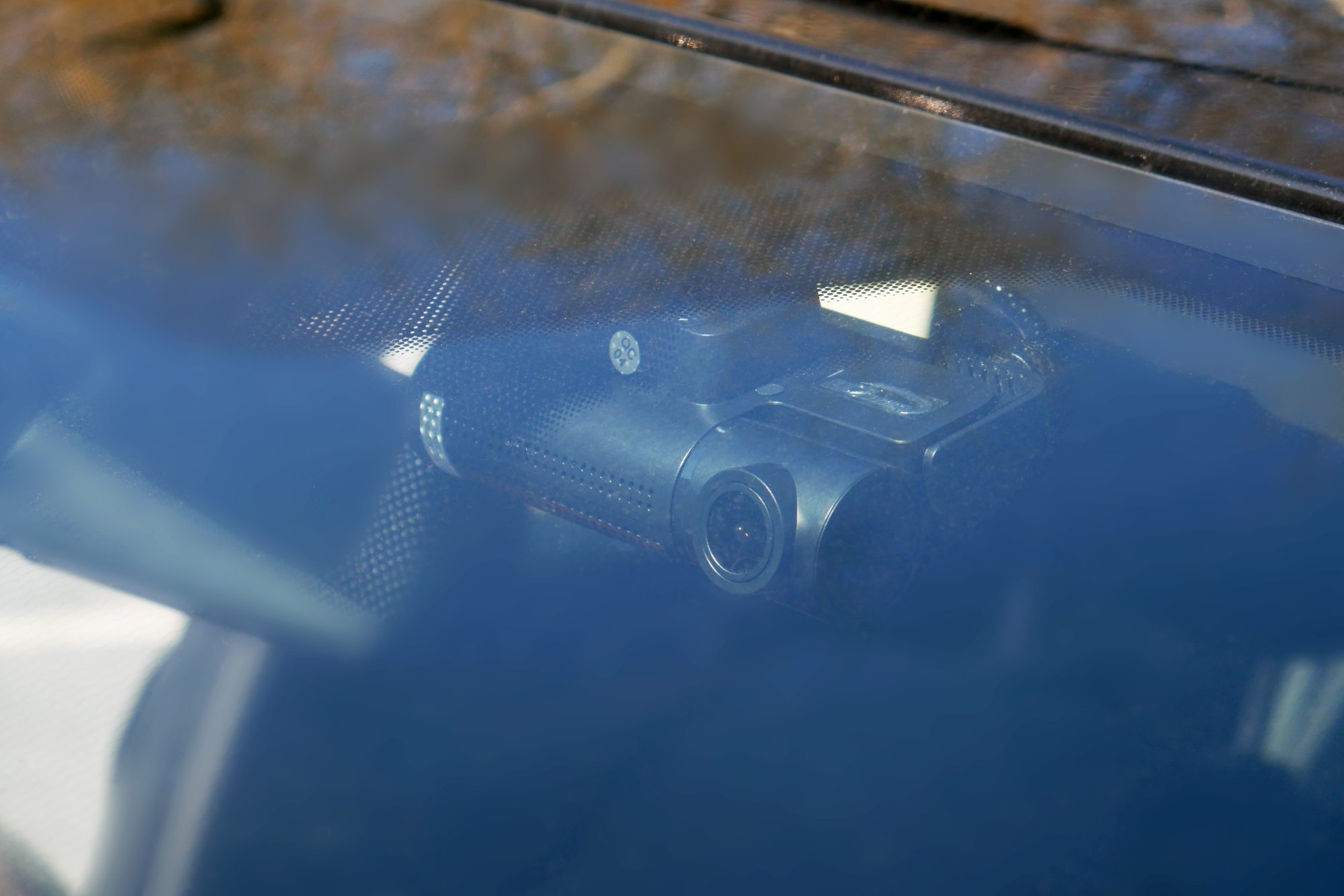View all of our Compliance Solutions
Navigating busy city streets is no longer just about getting from point A to point B - it's about doing so with precision, accountability, and visibility.


At the centre of this transformation is one key technology: smart cameras. Combined with telematics, AI, real-time analytics, and intelligent camera systems, these technologies are revolutionising how fleet vehicles operate in dense urban areas.
In this article, we’ll explore how and why smart cameras have become indispensable for modern fleet operations, especially in cities, covering everything from safety regulations and visibility tech to compliance, innovation, and future planning.
Delivering goods in urban environments has always been a challenge. But today, that challenge is magnified by:
For example, in major cities such as London, growing pressure to reduce street-level risk has prompted policymakers to adopt new, tech-driven enforcement systems. One example of this is curbside street cameras that automatically issue fines to cars for parking on double yellow lines or obstructing driveways.
Although this may alleviate congestion, it introduces operational complexity for fleet drivers, particularly in terms of compliance and route planning.
On the safety front, regulations like London’s DVS are raising the bar for driver visibility. Vehicles exceeding 12 tonnes must meet a minimum star rating for direct vision or install safety systems, such as fleet cameras, sensors, and audible alerts, to operate legally. Failure to comply not only leads to penalties but also reputational risks.
You can get smarter tracking, increased security and complete control with Motia’s telematic services today.
What used to be a “nice-to-have” is now a “must-have.” Innovative visibility solutions, powered by multi-camera systems and artificial intelligence (AI), are rapidly becoming a necessity for fleets operating in urban areas.
Here’s why:
Multi-camera solutions can provide 360-degree vision, detect moving objects in real-time, and even analyse risky driving behaviours. For fleet managers, this means peace of mind and for drivers, added support navigating tight and chaotic city conditions. Get compliant with this technology today.
Compliance is no longer just a paper exercise; it’s digital, dynamic, and data-driven. Intelligent fleet camera systems play a vital role in ensuring that urban fleets meet evolving compliance standards in a scalable and efficient way.
Key fleet compliance support features include:
According to Novus HiTech, fleets equipped with smart cameras and video telematics systems report significantly lower accident rates, reduced insurance premiums, and faster claims resolution.
Moreover, having a reliable camera-based evidence trail is a strong defence against false claims, which remain a costly issue for urban fleet operators. Check out our range of cameras at Motia.
Enter Motia’s City Smart Pro, a next-generation innovative fleet camera solution engineered to meet the toughest urban fleet challenges, particularly those associated with London’s DVS.
City Smart Pro offers:
But City Smart Pro goes beyond compliance. It integrates directly with existing fleet management systems and telematics platforms, offering real-time data on vehicle location, fuel usage, driver efficiency, and safety incidents.
Fleet managers can track this data on a centralised dashboard, helping them make more informed decisions about driver training, vehicle maintenance, and route optimisation. Read our article about why fleet dashcams are a must-have today.
Urban mobility is evolving, and the fleets that succeed in the future will be those that invest in smart infrastructure today.
Looking ahead, cities are expected to:
The future urban fleet will likely need to demonstrate not only compliance but also active cooperation with innovative city systems. Vehicles will need to talk to traffic lights, update congestion dashboards, and report environmental data - all in real time.
Intelligent fleet camera systems, such as City Smart Pro, are designed with this future in mind. By capturing detailed vehicle and environmental data, they help position fleets for:
As Gauzy notes, AI-driven camera systems are becoming central to the future of Advanced Driver Assistance Systems (ADAS), with applications ranging from automated braking to adaptive traffic navigation.
Make the most of your fleet camera systems by reading our top tips for optimising your dash cam usage.
In an age where urban logistics is growing more complex by the day, smart cameras are no longer an optional upgrade; they’re an operational necessity.
With tighter regulations, increasing urban density, and rising pressure to improve safety and sustainability, fleet operators must look to intelligent camera systems not just as compliance tools but as strategic assets.
Solutions like Motia’s City Smart Pro help meet today’s standards, such as the Direct Vision Standard, and pave the way for tomorrow’s innovations in connected, automated, and sustainable transport.
Visit our telematics page or contact our friendly team today to request a demo.